By Nicholas Hagen
Shoulder pain can play a significant role in your quality of life. What drives shoulder pain?
Shoulder pain can limit sleep, working overhead, and most recreational activities. Rest alone is not likely to alleviate shoulder pain. Shoulder specific treatment has value but often comes up short. We need to assess and treat the entire body to improve shoulder function.
The first step in improving shoulder and overhead function is to determine what is causing the pain or dysfunction.
The shoulder is a ball and socket joint (golf ball sitting on a tee) that is connected to the body by the collar bone and the shoulder blade. More importantly, the shoulder’s orientation is determined by the rib cage and mid back (thoracic spine). Lastly, the shoulder is innervated or controlled by the neck and the associated nerves. Often one or more of these regions drive the shoulder into dysfunction. Addressing only the shoulder joint will help control symptoms but not get to the cause.
So how can I tell if I have shoulder issues? Where do I start in improving my shoulder health?
Provided in this blog is a series of self tests which will help you determine your shoulder issue. Then if you notice you have any limitations or pain come to our free shoulder workshop on November 21st at 10am. Book now by emailing: nickh@capacitypt.com
A few diagnostics:
SHOULDER ELEVATION
Can you get your arm over your head?
Getting your arm over your head is crucial to your fitness and life. Two primary drivers of the lack of overhead motion are latissimus dorsi (lat) length and thoracic extension (mid back). Here is a quick test to determine if you truly lack overhead mobility.
SHOULDER ROTATION
Can you rotate to lock out the joint?
Shoulder rotation (internal/external) is needed for full joint capsular mobility and to lock out or stabilize the joint. Will full rotation you can create optimal stability need to perform push ups and push press motions as well as throwing motions. A common pattern that we lack is the combination of shoulder extension (backwards) and inward rotation.
THORACIC MOBILITY
Can you place your shoulder in the best position to optimize function?
Thoracic mobility is often limited. We sit all day either driving our car, watching TV, or doing office work. We are on phones all day. Our spine becomes rigid into a rounded forward position. The spine restriction then places our shoulder into a forward and upward orientation developing shoulder impingement. See the test below of to determine if thoracic mobility is an issue for you. Thoracic Mobility Test.
At this point you should have an idea if one or all of the above movements are dysfunctional. This is the first step. We can’t train or rehab something we haven’t identified. These above tests are globally movement assessments. Use of a skilled provider or trainer will help you pinpoint your exact dysfunctions and get you moving better quicker.
Come join us on Saturday, December 5th at 10am OG. Move better, feel better.
RSVP for the event at nickh@capacitypt.com
Nicholas Hagen is a licensed physical therapist since 2009, Nick is also a certified strength and conditioning specialist and certified sports clinical specialist. Capacity PT Clinic is housed inside of OC – home of OC and OC Sports Performance. Check out Capacity PT online.

